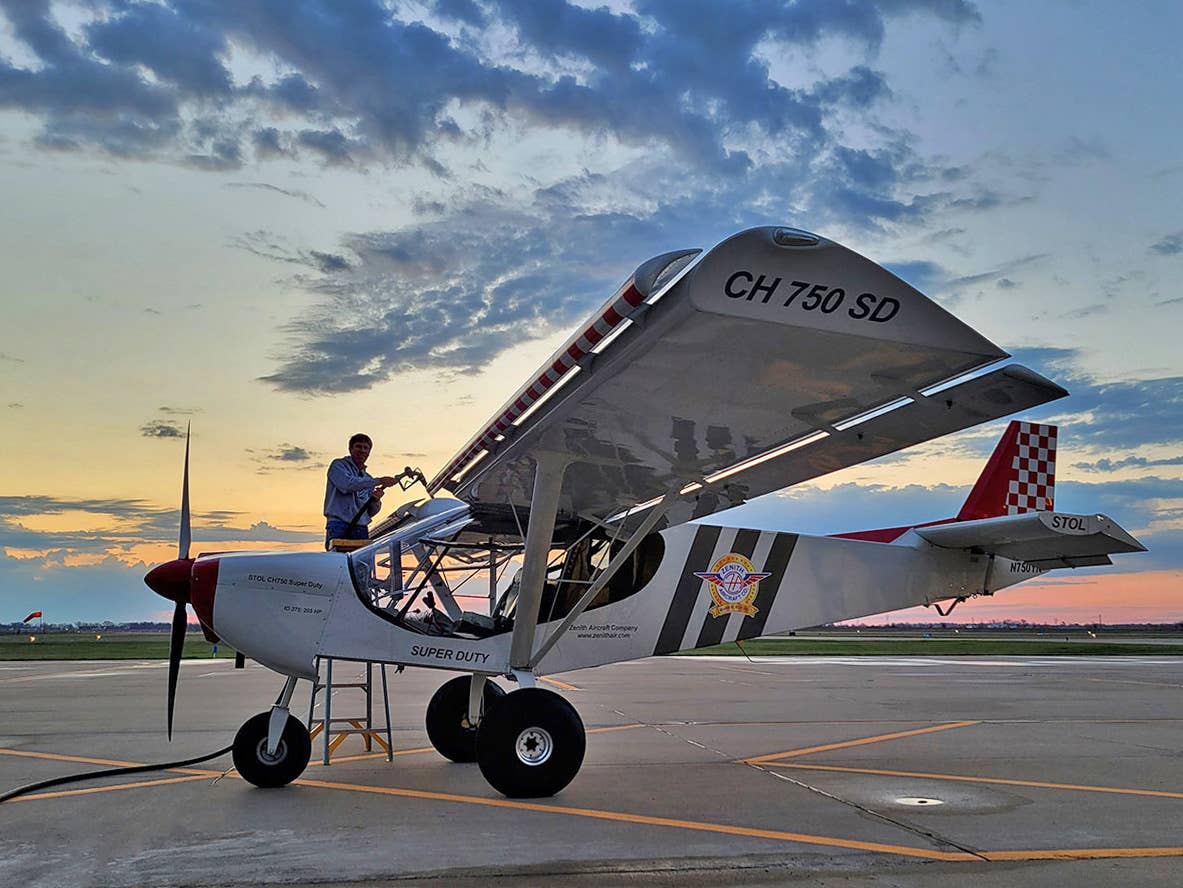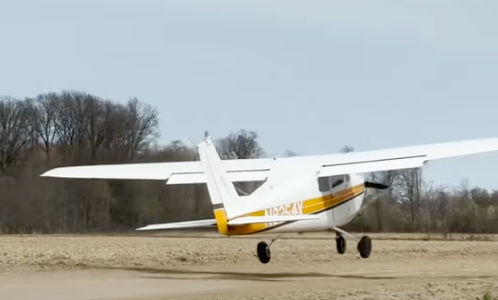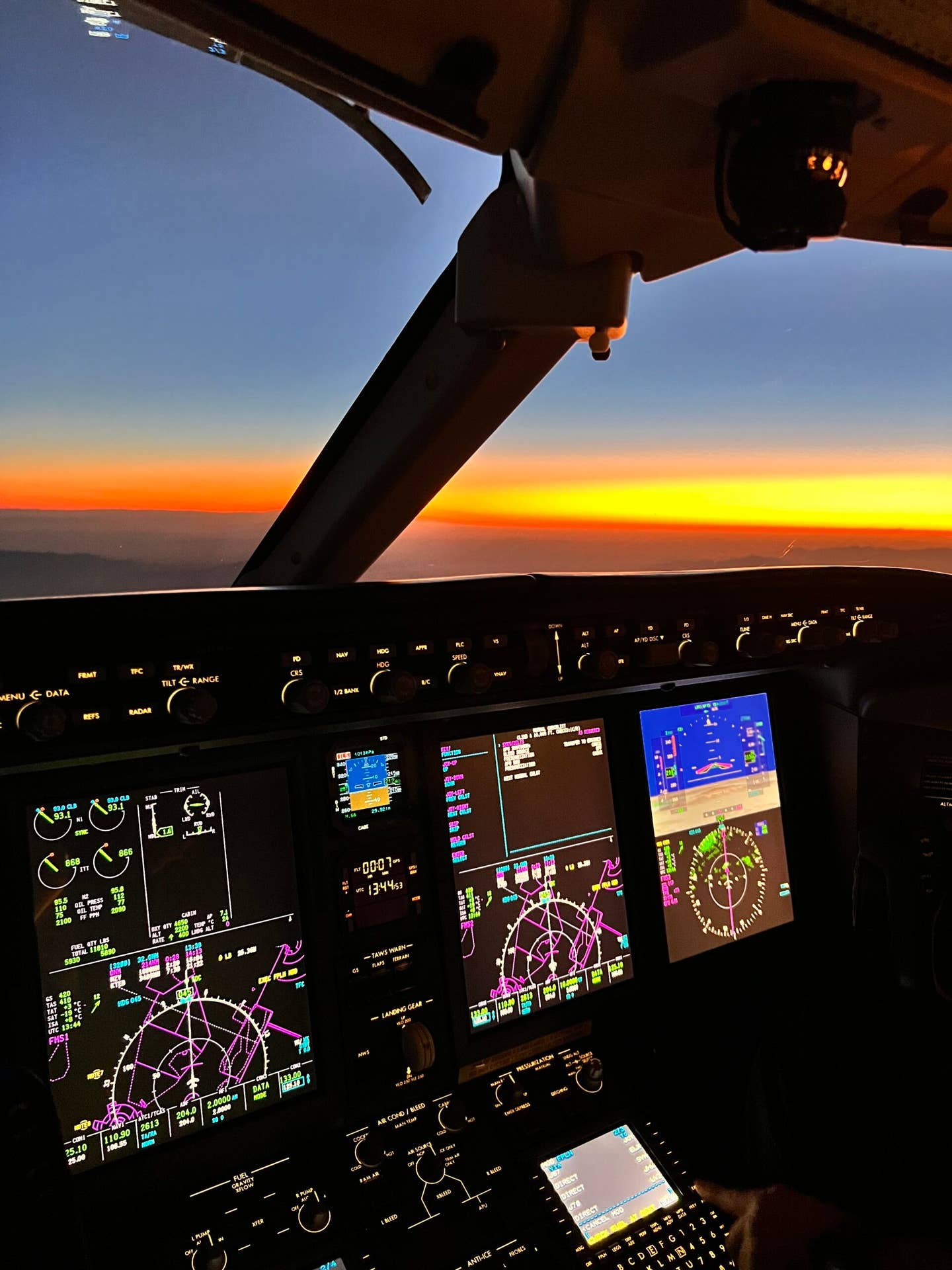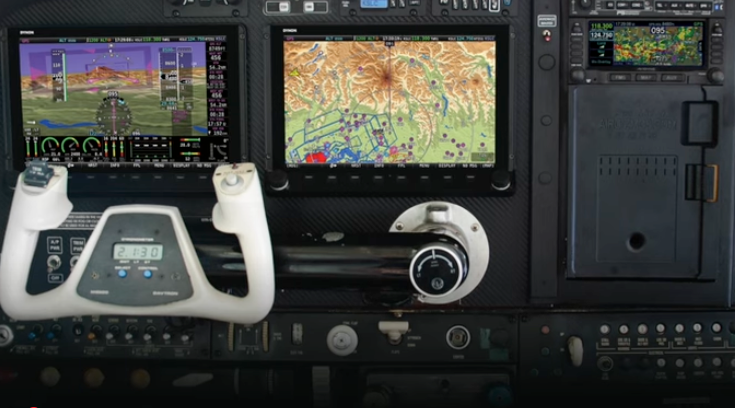NASA Retires 747 SOFIA Airborne Observatory
Before there was a James Webb Space Telescope, there was a SOFIA—Stratospheric Observatory For Infrared Astronomy. This ambitious project, launched in 2010, consisted of a 2.5 meter infrared telescope mounted…
Before there was a James Webb Space Telescope, there was a SOFIA—Stratospheric Observatory For Infrared Astronomy. This ambitious project, launched in 2010, consisted of a 2.5 meter infrared telescope mounted in the back of a repurposed Boeing 747SP. SOFIA flew its last mission in September 2022 and last week, NASA flew the aircraft to Arizona, where it will be on display at the Pima Air & Space Museum in Tucson.
As explained in this video shot by Paul Bertorelli in 2013, SOFIA made landmark discoveries in the field of infrared astronomy. Flying above a significant portion of the atmosphere in dry conditions, SOFIA’s telescope could be trained on distant objects with a complex tracking mechanism shown in the video. Among the project's discoveries were cosmic bubbles and the first ever detection of helium hydride. The observatory also trained its lens on closer object including Venus, comets, Pluto and the moon.
One of the most impressive physical aspects of the aircraft is that its massive pressure bulkhead had to be moved forward and equipped with a special through bearing that kept the telescope properly oriented. Because it has to be kept cold and can’t be enclosed, NASA engineers had to figure out how to design and build a massive exterior door outside the pressure vessel and to channel air around the opening to avoid turbulence and cavitation. The video report explains how this was achieved.






